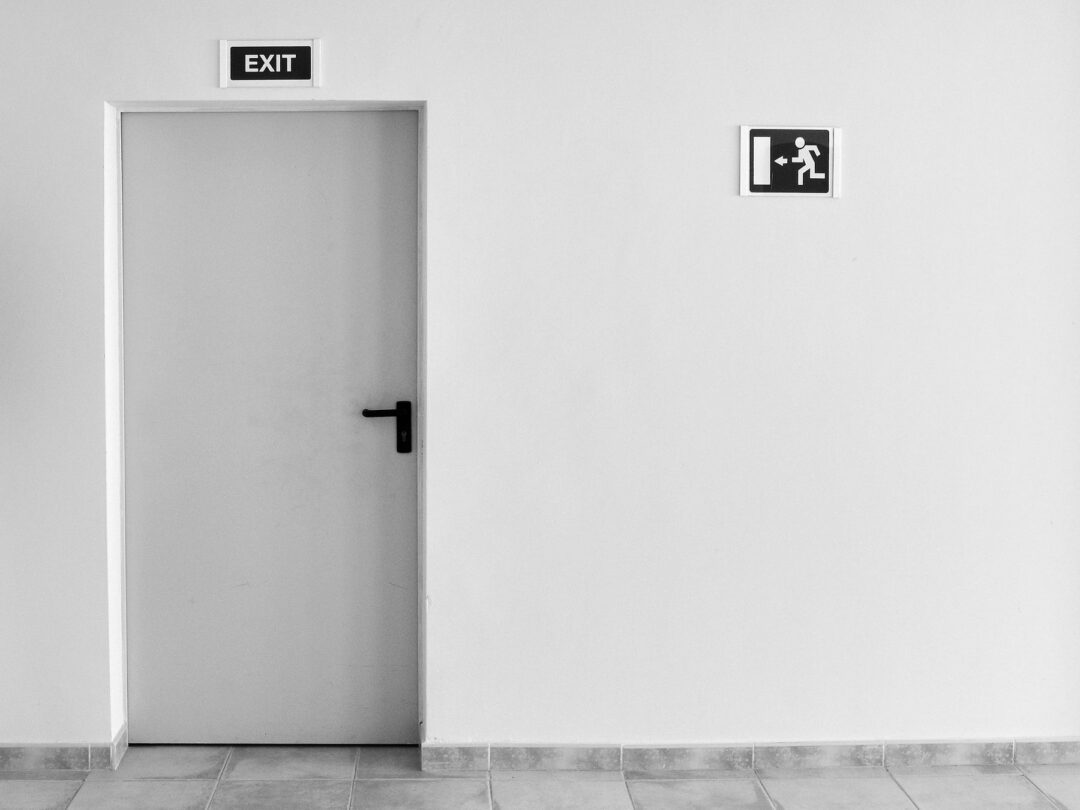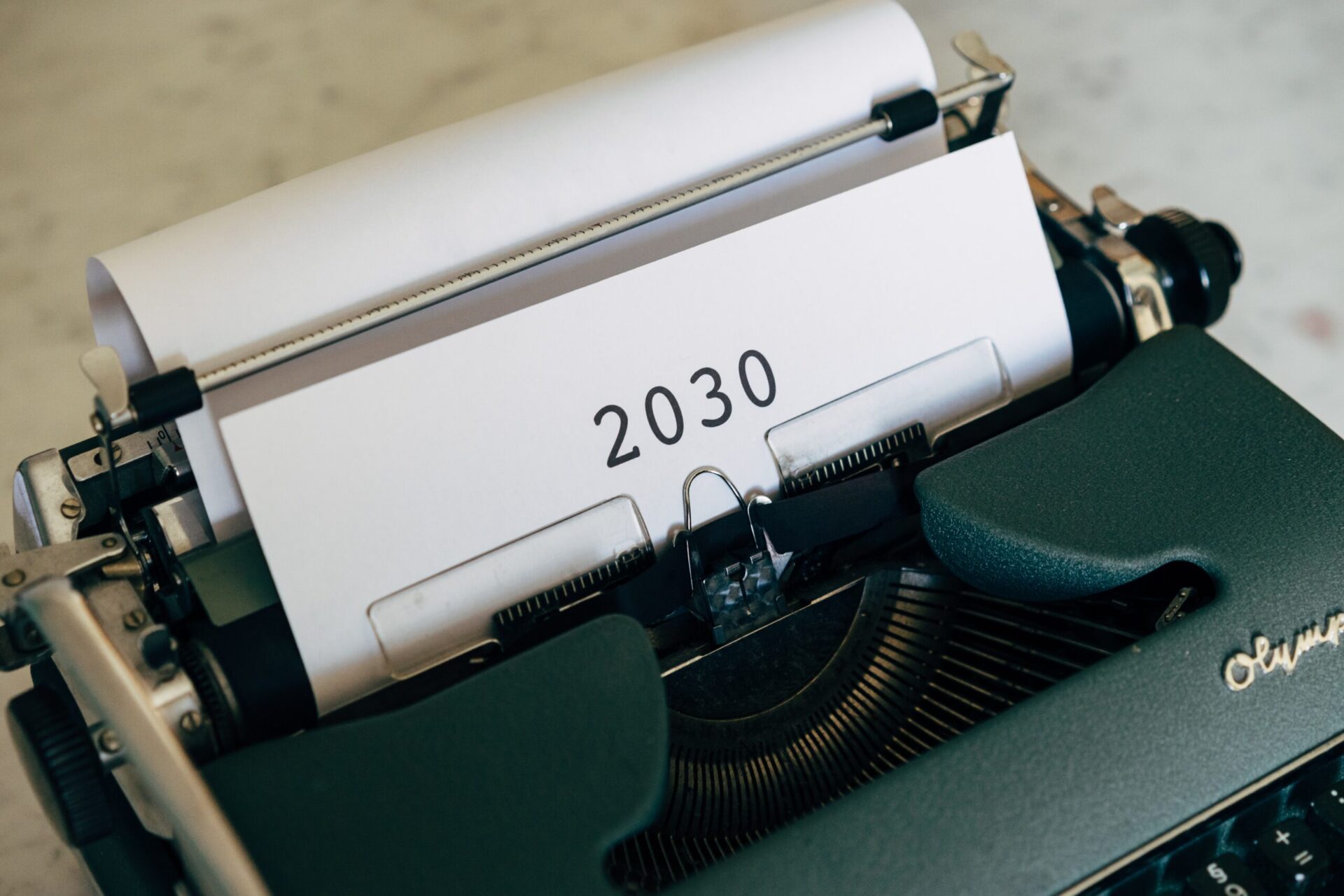Inspiring pupils with SEN to engage with the arts through everyday items
Written By: Author(s): Kieran Briggs

- Creativity |
- Curriculum |
- SEND
3 min read
Inspiring pupils with SEN to engage with the arts through everyday items
What’s the idea?
The aim of this guide is to consider how we can motivate, engage and support children with special educational needs (SEN) to participate in arts activities from a distance. We know that the arts can be a ‘life-enhancing and essential part of our existence’ for all (Cultural Learning Alliance, 2017 p. 1). It can support children to explore their emotions, and develop resilience, confidence and self-worth.
What does it mean?
All the ideas and suggestions in this guide have been developed working with arts practitioners and SEN teachers within the Kent Special School Trust, so thank you to those teachers, artists and pupils I have worked with.
Empowering the creative thought process: This is an essential aspect of the arts, but can be more challenging when working with pupils with SEN. Consider firstly how to change the environment to stimulate the artistic process – for example, through light, sound, wallcoverings or changes in location such as the garden
Join us or sign in now to view the rest of this page
You're viewing this site as a guest, which only allows you to view a limited amount of content.
To view this page and get access to all our resources, join the Chartered College of Teaching (it's free for trainee teachers and half price for ECTs) or log in if you're already a member.
This article was published in and reflects the terminology and understanding of research and evidence in use at the time. Some terms and conclusions may no longer align with current standards. We encourage readers to approach the content with an understanding of this context.
0
0
votes
Please Rate this content
Please login to comment
0 Comments
Oldest
Newest
Most Voted
Inline Feedbacks
View all comments









